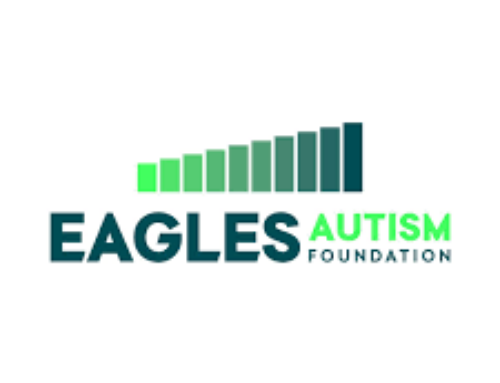I found this story on US News in the Health section and thought it was an interesting read.
FOR MILLENNIA, CERTAIN people have exhibited patterns of social behavior and communication that fall outside so-called “normal” parameters. At various points, these individuals have been classified in different ways. Sometimes considered to simply have problematic personalities, and at other times deemed pathological, people who struggle to express themselves or interact in socially-appropriate ways have long been viewed as “other,” and we haven’t always had the vocabulary to adequately discuss or address the vast range of ways these differences manifest themselves.
 But researchers have been trying for decades to arrive at a clear definition of the various ways people behave and communicate, and over time new terms have entered and exited the diagnostic lexicon when trying to describe people who exhibit certain types of behaviors and challenges.
But researchers have been trying for decades to arrive at a clear definition of the various ways people behave and communicate, and over time new terms have entered and exited the diagnostic lexicon when trying to describe people who exhibit certain types of behaviors and challenges.
The National Autism Center reports that “in 1943, a doctor named Leo Kanner began observing a group of children who were previously thought to have mental retardation. He noticed that these children had difficulty developing speech, and did not socially interact with their peers. He also noted that these children engaged in ritualized and/or repetitive behavior to the exclusion of other activities.” Kanner’s studies would eventually lead to the discovery of autism, a developmental disorder characterized by difficulty in social interaction and communication and repetitive thoughts and behaviors.
Around the same time, Austrian pediatrician Hans Asperger was studying another group of children who exhibited some of the same behaviors. But these children retained the ability to speak and had less severe symptoms of the autism condition Kanner was describing. Asperger’s work would eventually lead to the description of Asperger’s syndrome, a condition that today is classified as an autism spectrum disorder.





